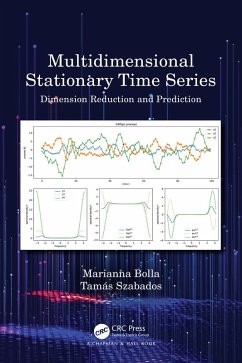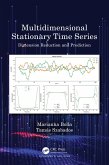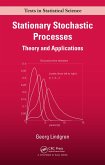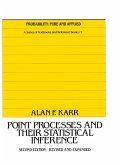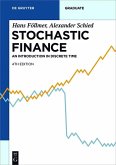- Serves to find analogies between classical results (Cramer, Wold, Kolmogorov, Wiener, Kálmán, Rozanov) and up-to-date methods for dimension reduction in multidimensional time series
- Provides a unified treatment for time and frequency domain inferences by using machinery of complex and harmonic analysis, spectral and Smith--McMillan decompositions. Establishes analogies between the time and frequency domain notions and calculations
- Discusses the Wold's decomposition and the Kolmogorov's classification together, by distinguishing between different types of singularities. Understanding the remote past helps us to characterize the ideal situation where there is a regular part at present. Examples and constructions are also given
- Establishes a common outline structure for the state space models, prediction, and innovation algorithms with unified notions and principles, which is applicable to real-life high frequency time series
It is an ideal companion for graduate students studying the theory of multivariate time series and researchers working in this field.
Dieser Download kann aus rechtlichen Gründen nur mit Rechnungsadresse in A, B, BG, CY, CZ, D, DK, EW, E, FIN, F, GR, HR, H, IRL, I, LT, L, LR, M, NL, PL, P, R, S, SLO, SK ausgeliefert werden.
Taras Lukashiv, Ukraine, ISCB News, June 2022.
"Marianna Bolla and Tamás Szabados provide a comprehensive book discussing the theory of
multidimensional (multivariate), weakly stationary time series, emphasizing dimension
reduction and prediction. The authors delve heavily into the analytical details that would require
advanced knowledge in probability theory and linear algebra along with real and complex analysis.
That said, the cited literature and the book's appendix contain all the necessary material to
assist readers with the mathematical details used in the analytical derivations."
Brian W. Sloboda, University of Maryland, U.S.A, International Statistical Review, 2024.

